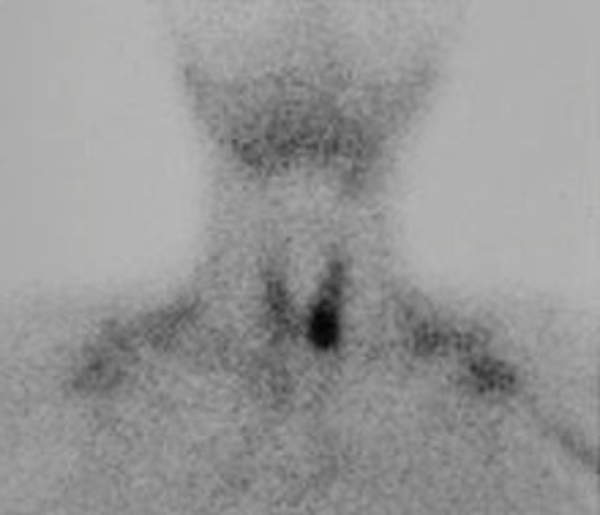PARATHYROID DISEASE
Primary hyperparathyroidism is a common endocrine disorder occurring as frequently as diabetes mellitus and with the highest incidence occurring in women over the age of 50 years. Secondary hyperparathyroidism is most commonly the result of chronic renal failure.

Primary hyperparathyroidism occurs as a result of over activity of the parathyroid glands located in the neck adjacent to the thyroid gland, and usually either one of the parathyroid glands becomes enlarged and overactive (an adenoma), or all four glands (hyperplasia) can be affected.
As a consequence parathyroid hormone is produced in excessive amounts and this results in an elevated level of calcium in the blood (hypercalcaemia) which although in many cases is asymptomatic can have long term health sequelae such as osteoporosis, nephrocalcinosis, renal calculi, constipation, pancreatitis, peptic ulceration, muscle weakness and lethargy.
The only effective treatment for hyperparathyroidism is surgical removal of the affected glands and which is usually performed via an incision placed over the lower anterior aspect of the neck. Whilst in the majority of cases surgical correction is straightforward, sometimes due to variations in anatomy, the surgery can be more complicated.
Professor Ian Bennett has extensive experienced in the management of patients with primary and secondary hyperparathyroidism and including the technique of median sternotomy which is sometimes required for parathyroid glands located in the chest.
